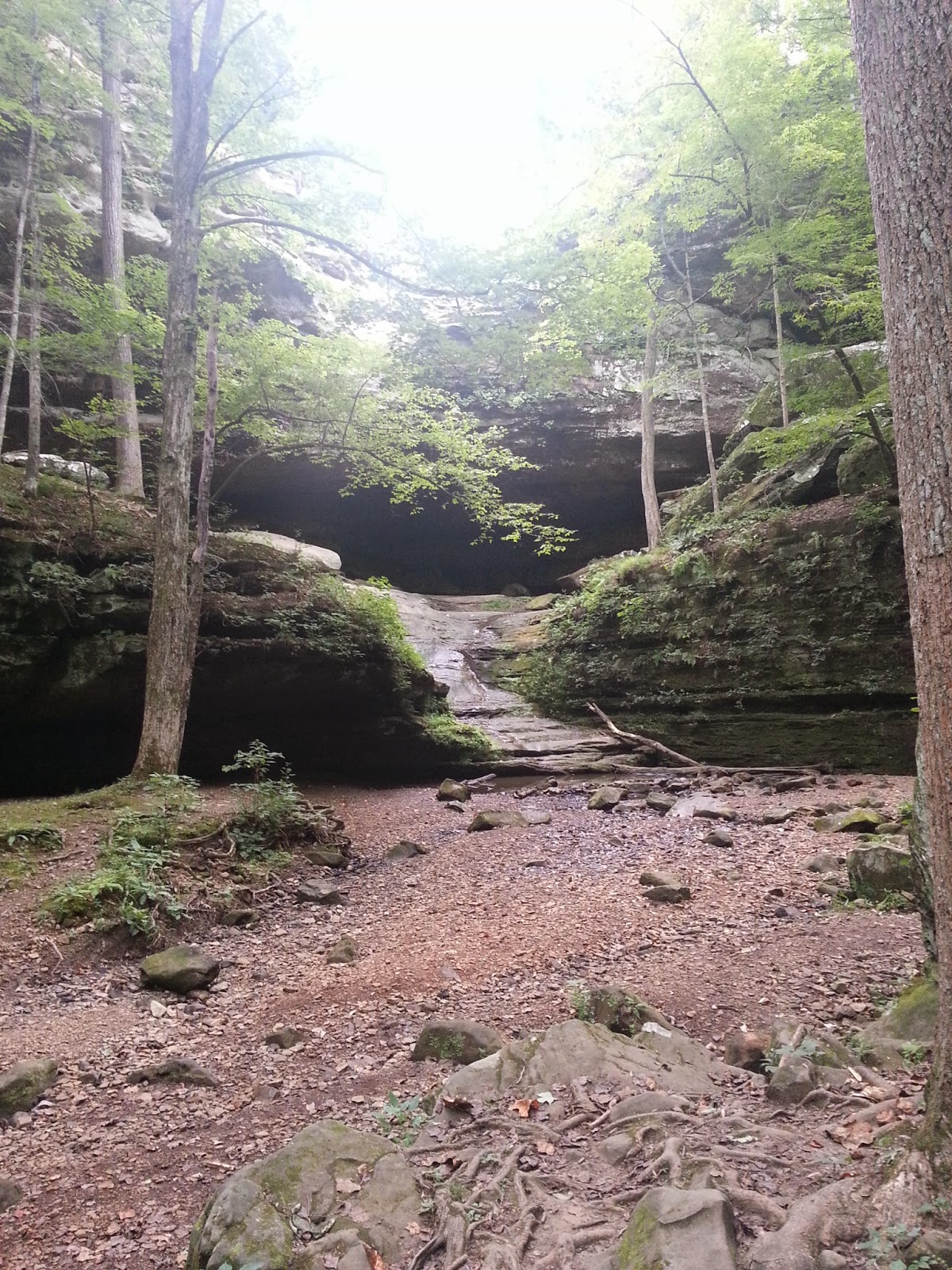When the roadsides in nearby Willacy County look like this,
it's cotton pickin' time in south Texas!
Usually, on our fall trip south, all we see are cotton fields that have already been harvested and disked in preparation for next year's crop.
But this year the cotton harvest has been late, and apparently abundant. Harvest season appears to be quite brief and very weather-dependent.
As we have observed cotton harvest from the sidelines in our northern neighbor-county, the field work involves two large pieces of machinery. The first is the harvester:
A four-row picker seems to be the most common in these parts but videos we have watched have shown pickers as wide as six-rows. Since the harvest is so dependent upon good weather, it's not unusual to see more than one picker at work in order to speed up the process.
The second essential piece of equipment in the field is the "cotton module builder," also called a compactor:
A closer inspection would show you that this "box on wheels" has no bottom. It is moved to the field on its wheels, pulled by a tractor. When it arrives in the field where it is needed, the wheels are retracted and it sits on the ground.
The tractor that pulls the compacter to the field provides the power for its operation. When the picker completes its load of cotton,
it approaches the stationary compactor,
and the load is dumped into the open box of the compactor.
Nothing is wasted. Even the bolls that overshoot the compactor are gathered up by hand and returned to the machine.
Then the compactor begins compressing the "seed cotton" into modules by use of a hydraulic device mounted on the compactor. Numerous harvestor loads of cotton are necessary to complete the module which can weigh as much as 18,000 pounds. The cotton module is removed from the compactor by a pulley device mounted in the compactor. The module is then covered with a tarp, and left in the field until taken to the gin.
With the harvest complete, it's time for the next phase of production: the processing. Specially designed trucks with parallel chains built into the floor of the tilting truck bed, load up the cotton modules in the field and head for the cotton gin.
Modules of seed cotton await processing at the gin, covered with tarps to prevent any moisture from spoiling the quality of the crop.
Seed cotton, raw from the field before processing, contains many impurities such as the seeds, tiny branches of vegetation, and field soil which must be removed before it is useful.
After the lengthy and complex processing of the seed cotton, it is then referred to as cotton fiber and compressed into smaller units called bales. Each bale weighs approximately 500 pounds. They are weighed,
and stored in the warehouse,
awaiting shipping.
Cotton fiber for making cloth, yarn, string, and other products is only part of what the cotton crop yields. Cottonseeds removed from the fibers are stored in bins such as these:
and made into oil for human consumption, livestock feeds, and biodiesel.
Cotton does not seem to be as important in Texas agriculture as it is in some other areas of the South. But it is one of the "three C's" of Lone Star farming -- cane, cotton, and citrus -- that we ex-Midwesterners find new, different and interesting. We thought you might, too!






























